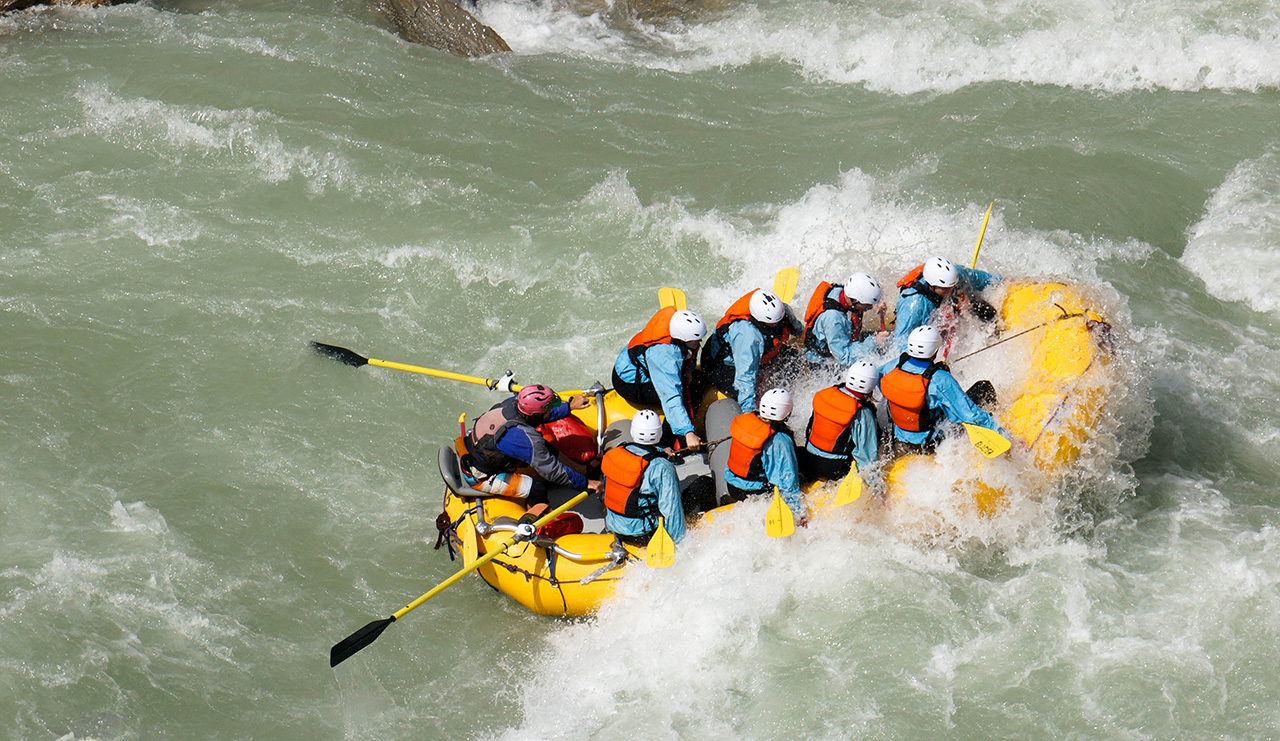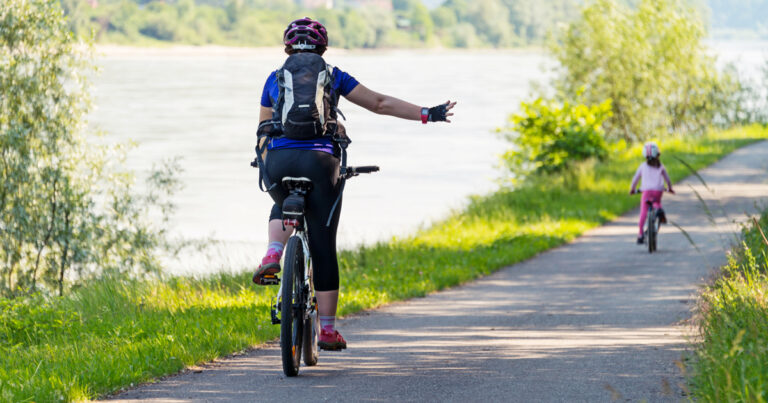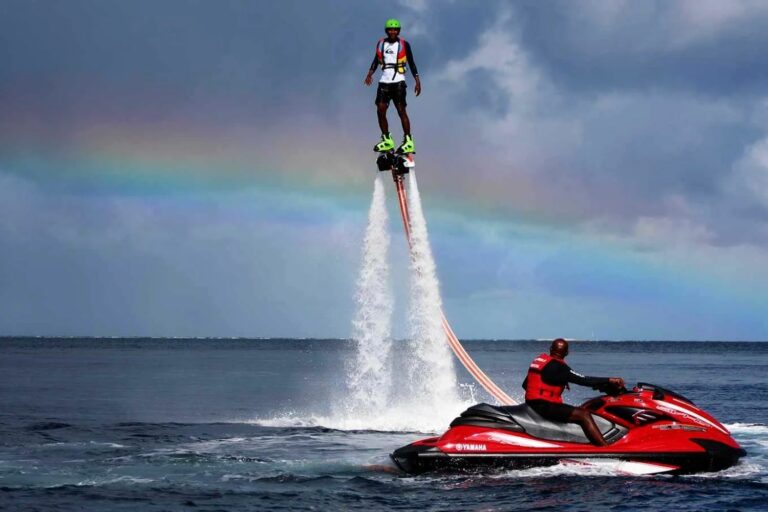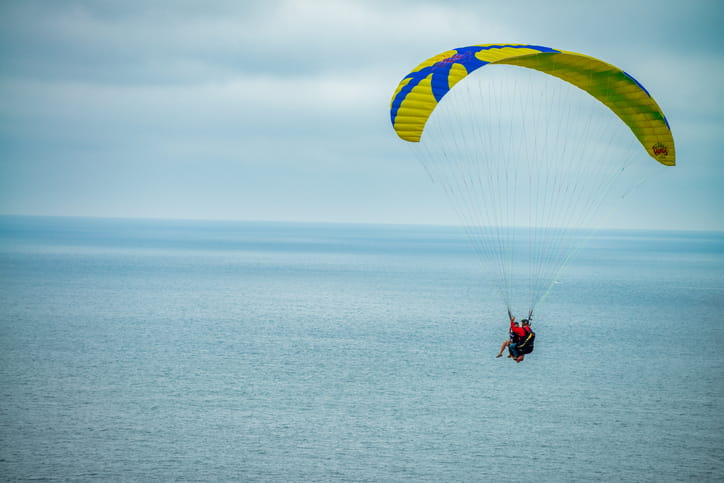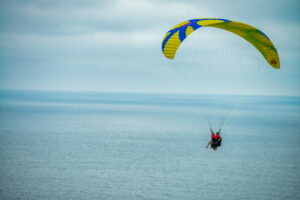Have you ever felt the rush of adrenaline as you navigate the untamed forces of nature? White water rafting offers this exhilarating experience, allowing adventurers to ride the rapids of wild rivers while surrounded by breathtaking landscapes. Originating as a necessity for exploration and transportation, rafting has evolved into a popular recreational activity, drawing thrill-seekers from around the globe. Not only does it provide an adrenaline-pumping escape from the mundane, but it also fosters teamwork and builds resilience. In this blog post, we will explore the history and evolution of white water rafting, delve into the skills and safety measures essential for a successful trip, and highlight the best destinations for this thrilling sport. Whether you’re a seasoned rafter or a curious beginner, this guide will equip you with the knowledge and inspiration to embark on your own white water adventure.
Understanding White Water Rafting
White water rafting is a dynamic outdoor activity that involves navigating through river rapids using an inflatable raft. This sport offers an exciting blend of physical challenge, teamwork, and nature appreciation, making it a favorite among adventure enthusiasts. The experience varies from tranquil floats to intense rapid runs, accommodating a wide range of skill levels and preferences.
The Anatomy of a Raft
A typical white water raft is made from durable, puncture-resistant materials such as PVC or Hypalon. These rafts are designed to withstand the rigors of rough waters while providing stability and buoyancy. Key components include:
- Thwarts: Inflated cross tubes that provide structural support and seating.
- Foot Cups: Secure footholds for stability during turbulent sections.
- Handles: Grips for safety and maneuverability.
Levels of Difficulty: Understanding the Rapids
Rapids are classified into six grades, each indicating the level of difficulty and skill required:
- Class I: Easy and gentle with small waves, ideal for beginners.
- Class II: Moderate with some rough water and rocks.
- Class III: Intermediate with moderate waves and clear passages.
- Class IV: Advanced with intense rapids and precise maneuvering.
- Class V: Expert level with extreme and challenging conditions.
- Class VI: Considered unrunnable, highly dangerous.
Essential Gear for White Water Rafting
Proper gear is crucial for safety and comfort during a rafting expedition. Essential items include:
- Helmet: Protects against head injuries from rocks and other obstacles.
- Personal Flotation Device (PFD): Ensures buoyancy in case of falling overboard.
- Wetsuit or Drysuit: Provides thermal protection in cold water.
- Water Shoes: Offers grip and protection for feet.
- Paddle: Essential for steering and propelling the raft.
Safety Measures and Precautions
Safety is paramount in white water rafting. Here are some key precautions:
- Always listen to your guide and follow their instructions.
- Wear your safety gear properly at all times.
- Be aware of the river conditions and potential hazards.
- Understand basic rescue techniques and signals.
Popular White Water Rafting Destinations
White water rafting can be enjoyed in various locations worldwide, each offering unique experiences:
- Colorado River, USA: Famous for its challenging rapids and stunning canyon views.
- Zambezi River, Zimbabwe: Known for its exhilarating rapids near Victoria Falls.
- Futaleufú River, Chile: Offers crystal-clear waters and dramatic landscapes.
- Ganges River, India: Combines spiritual significance with thrilling rapids.
- Ottawa River, Canada: Features diverse rapids suitable for various skill levels.
The Environmental Impact of Rafting
While white water rafting is an eco-friendly activity, it is essential to minimize its environmental impact. Responsible practices include:
- Following Leave No Trace principles to protect natural habitats.
- Using eco-friendly gear and biodegradable products.
- Supporting local conservation efforts and sustainable tourism initiatives.
Planning Your White Water Rafting Adventure
When planning a white water rafting trip, consider the following:
- Skill Level: Choose a river and difficulty level that matches your experience.
- Season: Water levels and weather conditions vary by season.
- Guided Tours: Opt for a reputable rafting company with experienced guides.
- Group Size: Rafting is often more enjoyable with friends or family.
Learning the Basics: Paddling Techniques
Mastering basic paddling techniques enhances your rafting experience. Key techniques include:
- Forward Stroke: Used to propel the raft forward.
- Back Stroke: Helps slow down or stop the raft.
- Draw Stroke: Moves the raft sideways for precise maneuvering.
- High-Side Technique: Used to prevent capsizing in strong currents.
Experiencing the Thrill: What to Expect
White water rafting offers an adrenaline rush combined with breathtaking views. Expect to encounter:
- Exciting drops and waves that test your courage and skills.
- Moments of tranquility amidst stunning natural scenery.
- Opportunities to spot wildlife and enjoy the serenity of remote areas.
Interview with a Rafting Expert
To gain deeper insights into white water rafting, I interviewed Sarah Thompson, a seasoned rafting guide with over a decade of experience:
Q: What do you love most about rafting?
Sarah: The connection with nature and the thrill of navigating challenging rapids. It’s a unique way to experience the beauty and power of rivers.
Q: What advice do you have for first-time rafters?
Sarah: Listen to your guide, stay relaxed, and enjoy the ride. Remember that teamwork is essential, and don’t be afraid to ask questions.
Conclusion: Embrace the Adventure
White water rafting is an unforgettable adventure that combines excitement with natural beauty. Whether you’re seeking a thrilling challenge or a peaceful escape, rafting offers something for everyone. By understanding the basics, prioritizing safety, and respecting the environment, you can enjoy a rewarding and exhilarating experience on the water.
